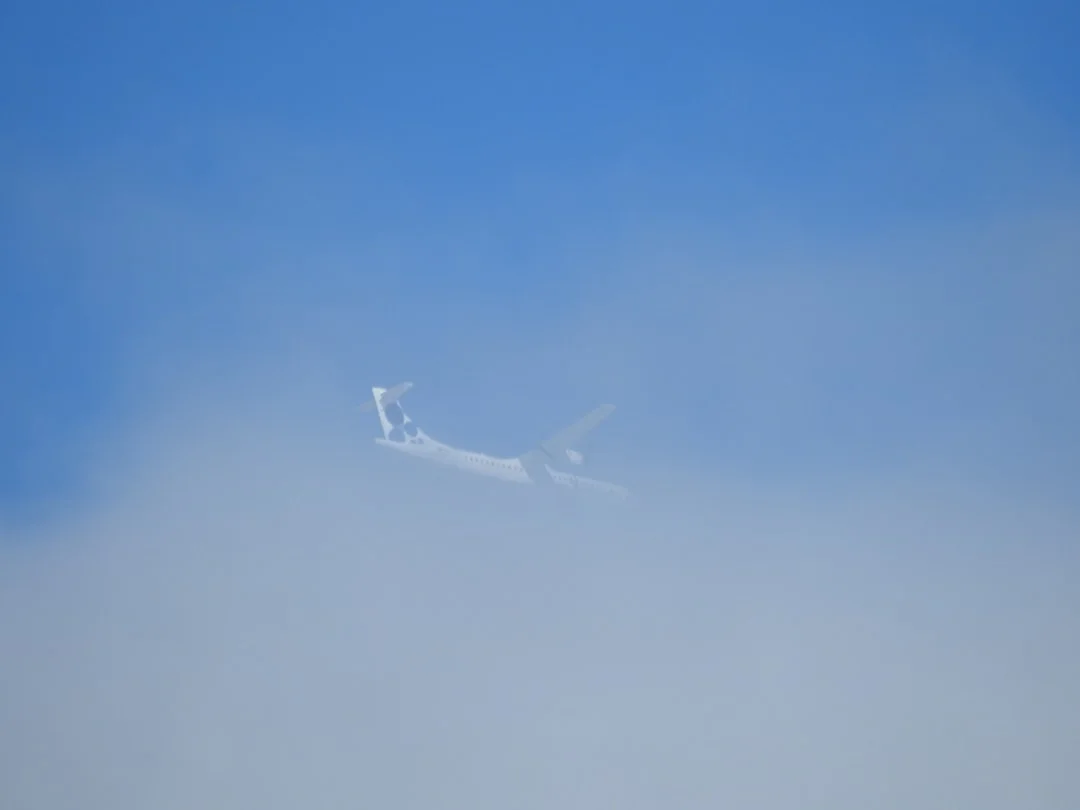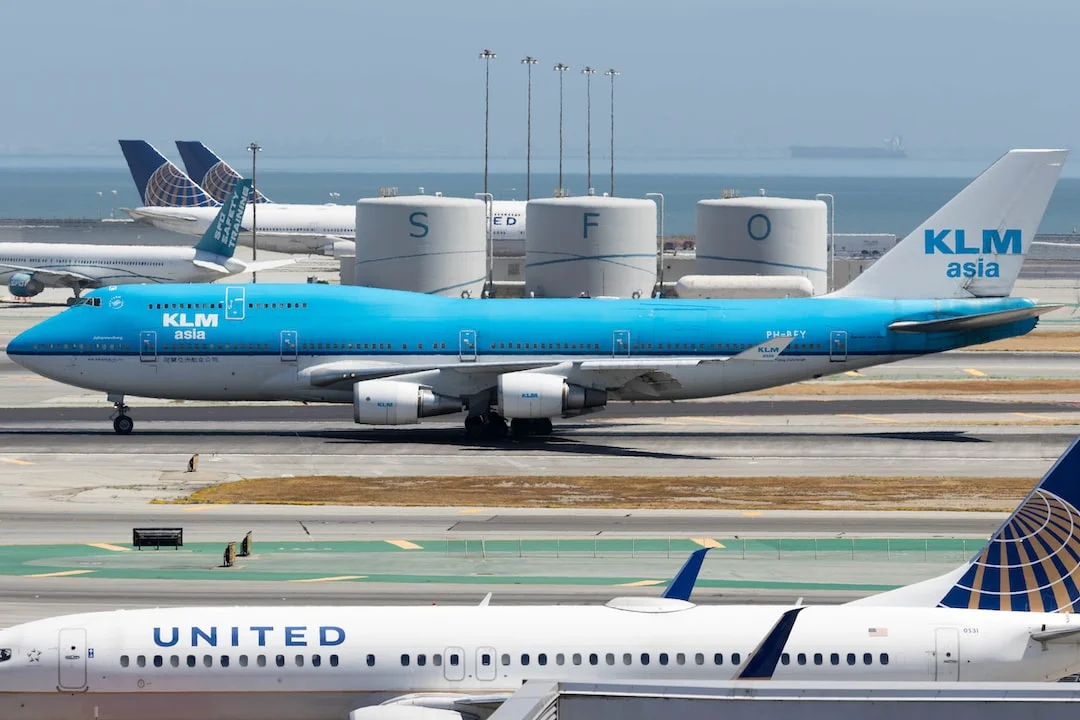The Underwater Locator Beacon, commonly referred to as the ULB, is a crucial component of the Airbus A320 aircraft. This beacon plays a vital role in ensuring the safety and recovery of the aircraft in the event of an emergency landing over water. The ULB is designed to emit a distinct acoustic signal that assists search and rescue teams in locating the aircraft wreckage. In this article, we will delve into the functionalities and significance of the Underwater Locator Beacon on the Airbus A320.
How Does the Underwater Locator Beacon Work?
The Underwater Locator Beacon on the Airbus A320 is equipped with advanced technology that enables it to transmit signals underwater. The beacon operates on a frequency of 37.5 kHz, which is inaudible to the human ear but can be detected by specialized acoustic equipment used by search and rescue teams.
In the event of an emergency landing in water, the ULB is designed to automatically activate upon contact with water. It consists of a hydrostatic switch that senses the presence of water and triggers the beacon into transmitting a continuous acoustic signal. This signal lasts for a minimum of 30 days, aiding rescue teams in locating the aircraft wreckage beneath the water surface.
Significance of the Underwater Locator Beacon
The presence of an Underwater Locator Beacon on the Airbus A320 is crucial for several reasons:
1. Enhanced Safety: The ULB enhances the safety of passengers and crew members by increasing the chances of a prompt and successful search and rescue operation in the event of an emergency landing over water. The ability of the beacon to transmit a distinct acoustic signal, even in challenging underwater conditions, greatly aids search teams in locating the wreckage.
2. Compliance with Aviation Regulations: The presence of an Underwater Locator Beacon on the Airbus A320 ensures compliance with aviation regulations. The International Civil Aviation Organization (ICAO) mandates the installation of ULBs on aircraft used for overwater operations, emphasizing the importance of this technology in enhancing safety measures.
3. Efficient Recovery Operations: The ULB significantly speeds up the recovery process by providing essential information to search and rescue teams. The distinct acoustic signal emitted by the beacon acts as a homing beacon, guiding rescue teams to the wreckage and facilitating the recovery of vital flight data recorders, such as the Cockpit Voice Recorder and the Flight Data Recorder.
For More: What is DSDL on Airbus A320? (Dedicated Serial Data Link)



